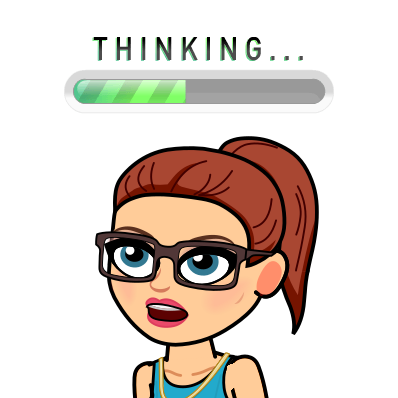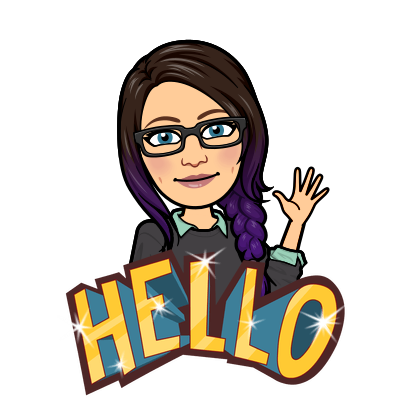“We need technology in every classroom and in every student and teacher’s hand, because it is the pen and paper of our time, and it is the lens through which we experience much of our world.” - David Warlick
Substitution is the first level of technology usage and lands at the left of the Enhancement portion of the integration continuum. In this level, technology acts as a direct replacement for tools and activities that are already being used in the classroom. This level provides no functional change to the classroom. This is the easiest and most common way that we use technology in the classroom. Many teachers integrate technology at this level because it has become a way of life for us in the 21st century. Examples of this kind of integration include having students type their papers instead of writing them by hand, complete a Google Form instead of a traditional quiz, or fill in a digital worksheet. When we use this kind of technology it might make our lives easier or save us time, but it hasn’t actually changed the way we are teaching or the way the students are interacting with the content.
 Augmentation is the second level of Enhancement. When we integrate technology at this level, we are adding function to what we normally do in the classroom. With augmentation, you directly replace a tool but you add some functional change to the previous task. This is another version of technology integration that many teachers utilize without having to actively plan for it because of the nature of the technology that we use. Examples of this level of technology integration include using Google Docs’s comment feature for peer editing, using Google Earth rulers to measure the distances between places, embedding videos into your Google Form quizzes, students complete a digital worksheet using a link to a website. This kind of technology integration does more than replace the basic classroom tool but it doesn’t do anything particularly new. Augmentation is simply the use of technical tools to do the same things we have been doing in the classroom for years, but make our lives easier in the process. *A note about Augmentation vs. Substitution. As technology becomes more and more integrated into our daily lives the line between these two levels becomes more blurred. Some will argue that simply taking a quiz using Google Forms is Augmentation because the immediate grading and saving on paper adds functionality. I put the basic google forms in the substitution category because as we grow into a society where technology is ever-present in our lives some basic technological functions are expected and other classroom functions are being left behind.*
Augmentation is the second level of Enhancement. When we integrate technology at this level, we are adding function to what we normally do in the classroom. With augmentation, you directly replace a tool but you add some functional change to the previous task. This is another version of technology integration that many teachers utilize without having to actively plan for it because of the nature of the technology that we use. Examples of this level of technology integration include using Google Docs’s comment feature for peer editing, using Google Earth rulers to measure the distances between places, embedding videos into your Google Form quizzes, students complete a digital worksheet using a link to a website. This kind of technology integration does more than replace the basic classroom tool but it doesn’t do anything particularly new. Augmentation is simply the use of technical tools to do the same things we have been doing in the classroom for years, but make our lives easier in the process. *A note about Augmentation vs. Substitution. As technology becomes more and more integrated into our daily lives the line between these two levels becomes more blurred. Some will argue that simply taking a quiz using Google Forms is Augmentation because the immediate grading and saving on paper adds functionality. I put the basic google forms in the substitution category because as we grow into a society where technology is ever-present in our lives some basic technological functions are expected and other classroom functions are being left behind.*
Illustration:SAMR Model by Sylvia Duckworth




I'm cheerful I found this blog! Every now and then, understudies need to psychologically the keys of beneficial artistic articles forming. Your information about this great post can turn into a reason for such individuals.data science course in malaysia
ReplyDeleteThese musings just knocked my socks off. I am happy you have posted this.
ReplyDeletetraining provider in malaysia
This post is incredibly simple to examine and recognize without disregarding any nuances. Inconceivable work!
ReplyDelete360DigiTMG
Here at this site actually the particular material assortment with the goal that everyone can appreciate a great deal.
ReplyDelete360DigiTMG big data course malaysia
Cool you write, the information is very good and interesting, I'll give you a link to my site.
ReplyDeletedata science courses in aurangabad